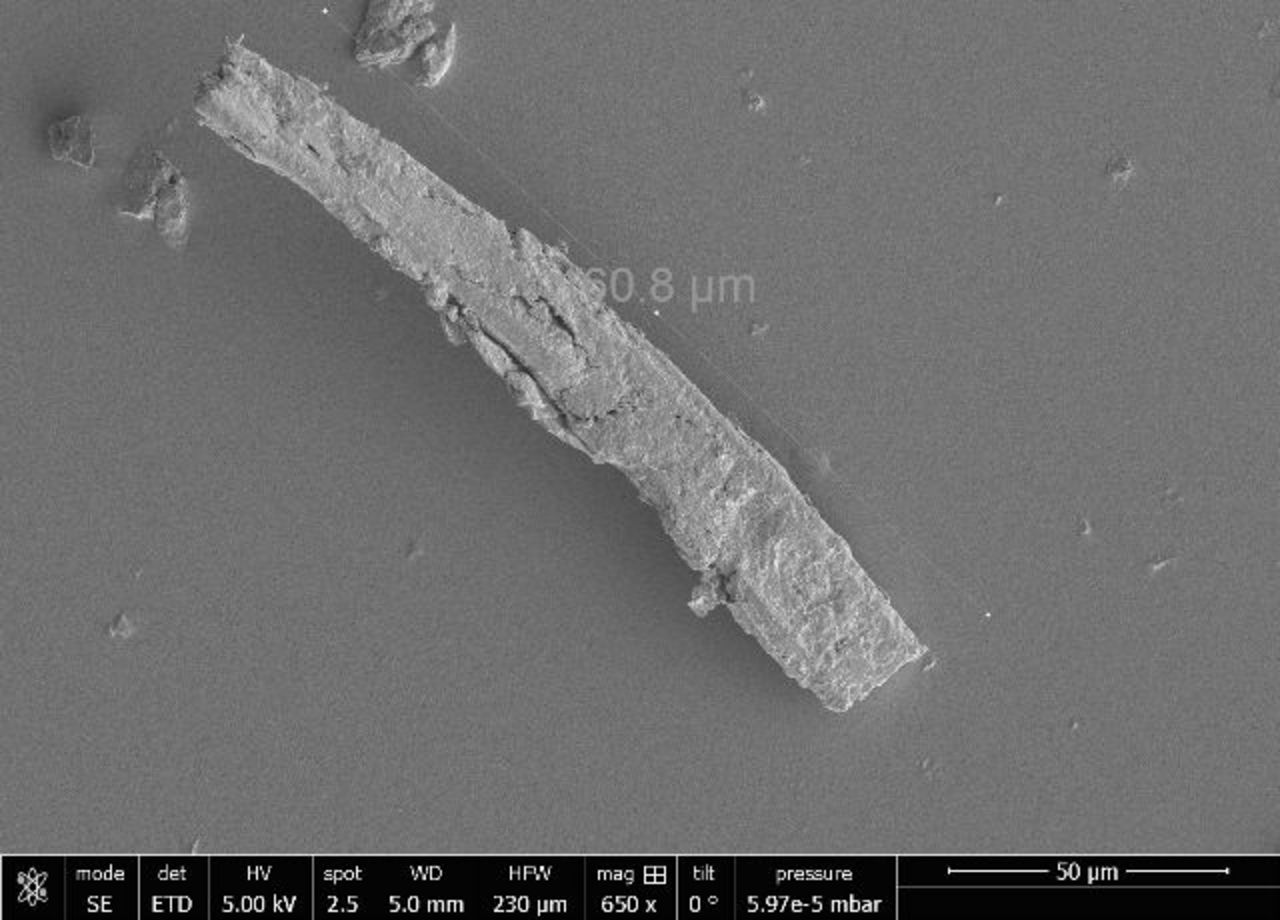Project
Dust in horse keeping

Dust in horse keeping - Evaluation of suitable measures to reduce airborne particulate matter release
A large number of horses are afflicted by acute or chronic airway diseases. Airborne particulate matter (APM), in the vernacular often named as dust, are regarded as one of the causative factors. Sources of APM in horse keeping are among others roughage (hay) and riding surface (tread layer). To reduce the APM concentration in horse keeping a range of measures can be adopted.
However, it is still unclear whether the steaming of large square hay bales leads to a reduction of the APM release from hay. Furthermore, the influence of the type of tread layer as well as its moisture content are examined under standardized conditions.
Background and Objective
The horses´s lung is a large and sensitive contact surface. Due the predominantly practiced keeping of horses in individual stalls with daily hourly limited free run on paddock/pasture, they are confronted with APM in the stable air most of the day. Therefore, many horses are afflicted by acute or chronic airway diseases. The sources and the reduction measures of APM in horse husbandry are manifold. Relating to the roughage (hay), watering or steaming has been shown to be very effective. However, commercially available steamers currently allow the treatment of hay nets, sections from square hay bales or whole small hay bales and thus represent a good solution for individual private hens.In riding halls the tread layer type, the irrigation management and the intensity of use of the riding halls (number of horses trained simultaneously and the gait of the horses) influence the release of APM from the tread layer. However, how high the soil moisture content should be to ensure optimal riding properties as well as to minimize the release of APM is unknown. Likewise, the influence of the tread layer type on the release of APM has not yet been standardized and comparatively investigated.
Target Group
Science and research, associations, veterinarians, education.
Approach
APM measurements in technical trials of .
- various riding surfaces (pure sand, sand fleece mix and sand shavings mix) with particular focus on moisture content
- Hay samples before and after steaming
Duration
12.2017 - 9.2018
More Information
Project status:
finished

![[Translate to English:] [Translate to English:]](/media/_processed_/3/6/csm_Hintergrund-Ausschnitt1_9daaef6b89.jpeg)
![[Translate to English:] [Translate to English:]](/media/_processed_/3/6/csm_Hintergrund-Ausschnitt1_0bd7111163.jpeg)
![[Translate to English:] Logo des Bundesministerium für Ernährung und Landwirtschaft](/media/allgemein/logos/BMEL_Logo.svg)